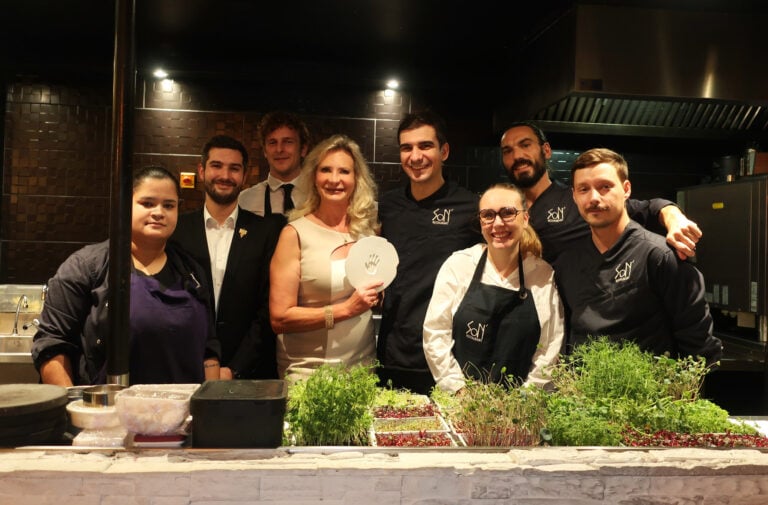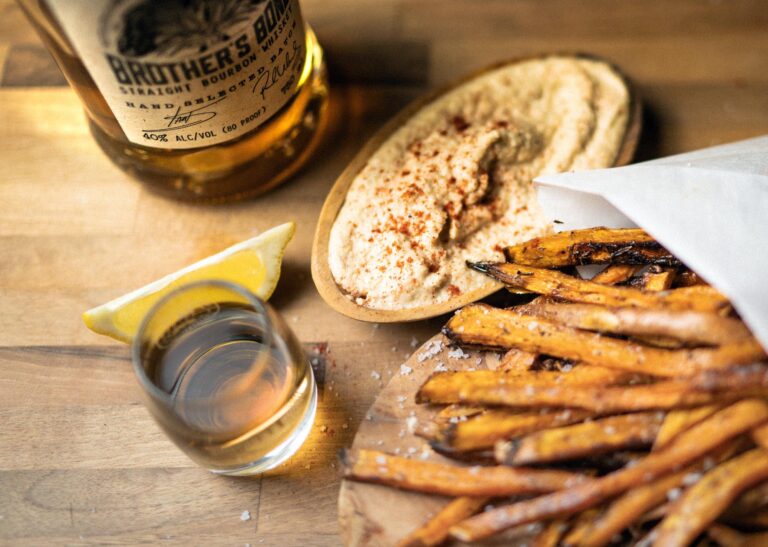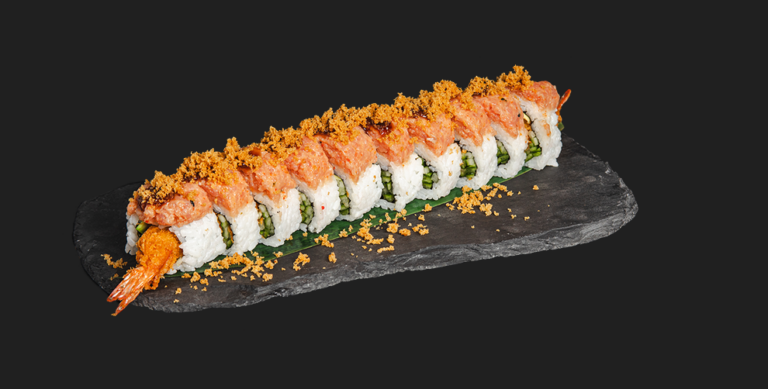How Wine is Made
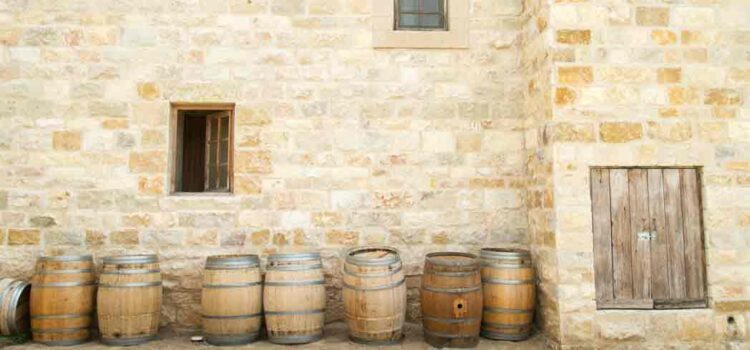
Wine is one of the most natural and simple food beverages on earth; one that will, literally, make itself. Yeast cells, one of the key components in the winemaking process, are naturally present on the outside of grape skins. Once the skins are broken, the yeasts convert the natural sugars in the fruit to alcohol and carbon dioxide gas, beginning the process of fermentation.
Find out more about specific types of wines below.
1. How Still Wine is Made
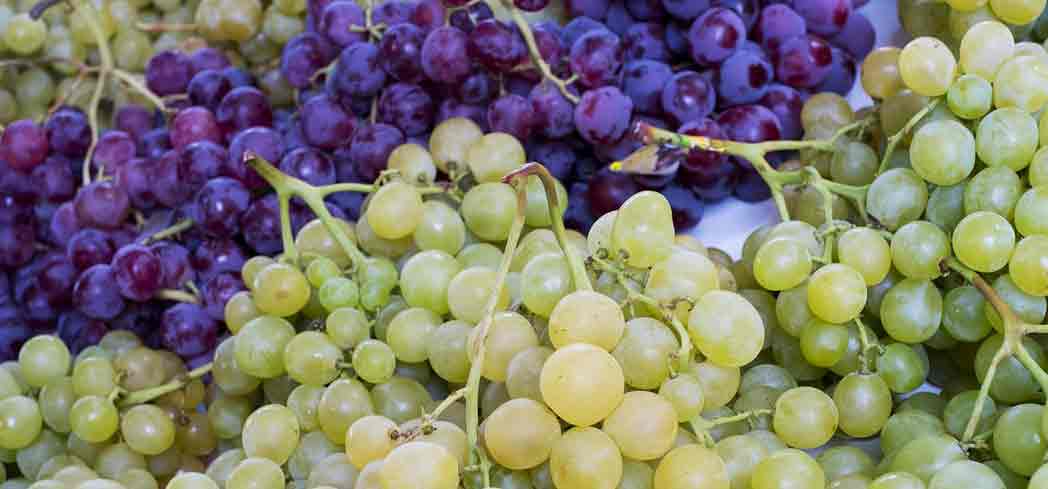
All wines begin in the vineyard. Soil, climate, weather and cultural practices affect the quality and character of the grapes. Harvest in North America usually begins in late August to early September and can last through November depending on the weather and grape variety. Once the grapes are harvested, they are placed in a destemmer/crusher, which separates the stems from the fruit and breaks up the berries. The stems are then discarded leaving a “must,” a combination of juice, seeds, pulp and skins. At this point, the process for red and white wine production differs.
2. How White Wine is Made
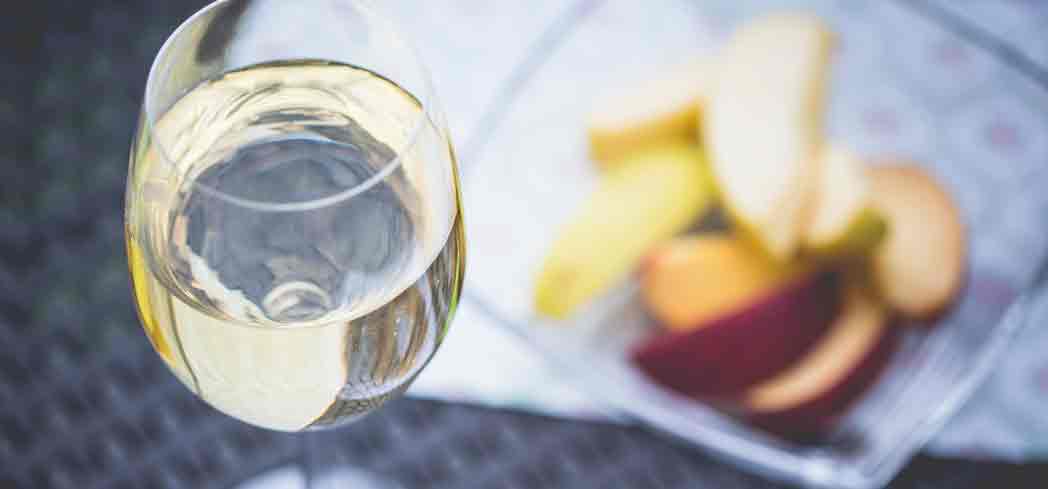
The juice from both red and white wine grapes is without color. In red wine production, the skins are fermented with the crushed juice to give it color and flavor. Unless a full-bodied white wine is desired, the skins and seeds are usually removed from the must after only a few hours leaving juice known as “free run.” The skins are pressed to extract all the remaining juice, called “press juice.” The free run and press juice are then filtered in preparation for fermentation. At some point in production, the press juice may be blended back into the free-run. Next, the juice is placed in stainless steel tanks or oak barrels where the wine will ferment following the addition of yeast. White wine fermentation lasts from three days to three weeks.
When fermentation has run its course, the vintner will stop the process and filter the wine to remove solids and yeast remnants. The wine is then aged for a period of one week to a year in stainless steel, oak or redwood containers, or it can be aged in the bottle. After aging, the wine may be blended with other wines with different characteristics to create the desired style. The next step is “finishing,” a process by which the wine is stabilized and filtered before bottling. Substances such as egg whites or gelatin are added to remove astringent substances or proteins, which can cloud the wine and give off flavors. Sulfites may also be added to prevent oxidation and bacterial spoilage.
3. How Red Wine is Made
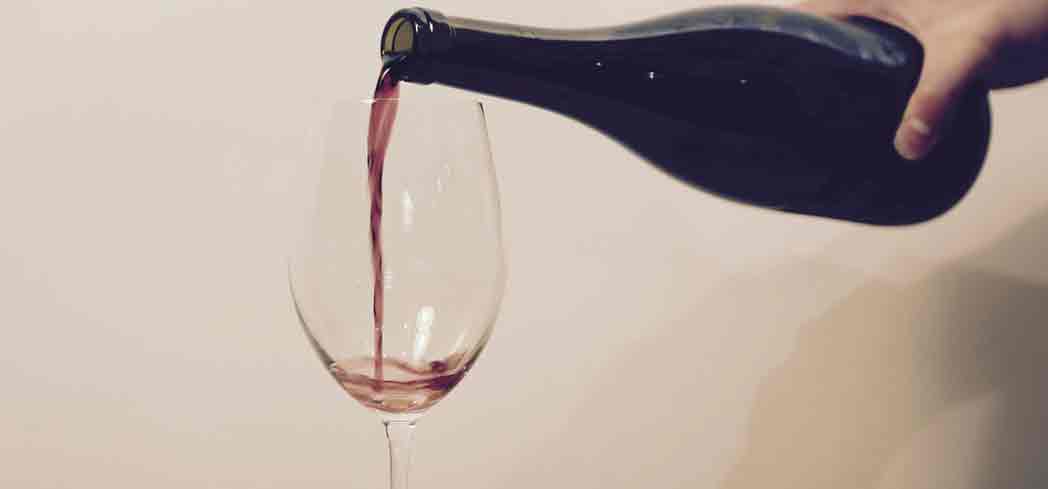
Red wines are fermented with the grape skins and seeds at warmer temperatures than white wines. The skins float to the top forming a cap during fermentation and must be moistened regularly with juice to extract color and flavors. Red wines are usually fermented for a period of five to ten days and then are filtered, clarified and preserved with the addition of sulfites. It is common for red wines to be aged in oak barrels for a period of about one to two years. As with whites, the vintner may choose to blend at this stage.
The wine is then finished, filtered and clarified before bottling. In some rare but important instances, generally among small, ultra-premium wineries, no or only minimal fining and filtering is carried out in an effort to capture the maximum amount of natural flavor components.
4. How Blush Wine is Made
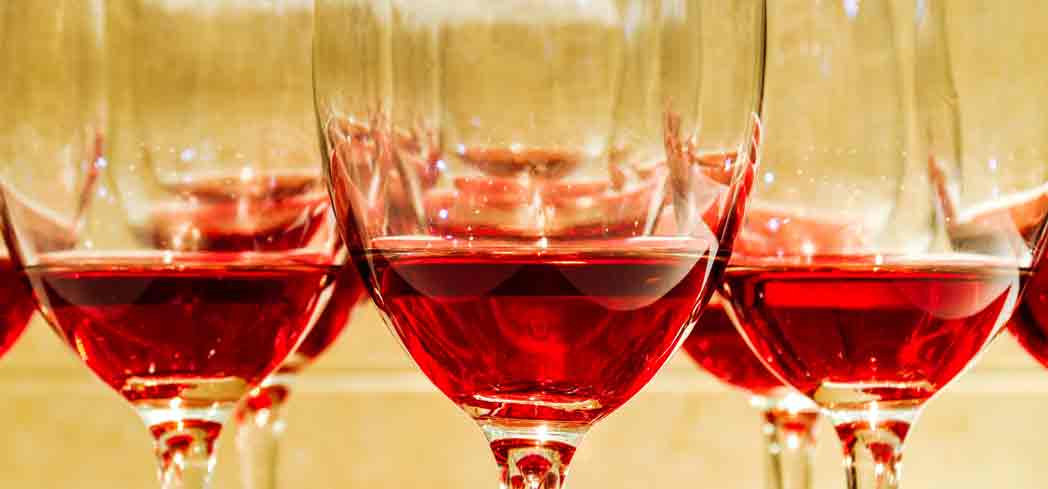
Blush wines, such as White Zinfandel, White Grenache or White Cabernet, are in contact with the skins for a very short period—usually six to eight hours, a process referred to as limited maceration. Fermentation is halted before all of the sugars can be converted to alcohol, giving these wines a slightly sweeter or off-dry taste. The other two methods of producing rosé wines are pressing and bleeding. Read more.
5. How Sparkling Wine is Made

Sparkling wines are made from still wines, such as Chenin Blanc, French Colombard, Chardonnay or Pinot Noir, which serve as a base for the next stage of this unique winemaking process. (Among premium sparkling wines, Chardonnay and Pinot Noir grapes are used almost exclusively.)
A “triage” — a blend of the base wine, yeast nutrient and a source of sugar — is added to the base wine and the mixture is fermented a second time in a sealed container which traps carbon dioxide producing the effervescence or bubbles.
6. How Dessert Wine is Made

Grapes for dessert wines are harvested at slightly higher sugar levels than those for table wines. Fermentation is stopped before all the sugar can be converted to alcohol by the addition of brandy. The wines are often aged in oak or stainless steel.

